

Shane O'Donoghue
2025 Nissan Ariya Nismo review: Quick drive
5 Days Ago

News Editor
Lotus’ rollout of electric luxury vehicles will continue with the Porsche Taycan-rivalling Type 133, which has been spied testing in China ahead of an expected reveal this year.
In images published by Car News China, we can see the sedan – currently codenamed Type 133, set to adopt a name starting with E – is quite large.
Snaps of the interior also reveal a panoramic glass roof and a similar dashboard layout to the Eletre crossover, which uses a 15.1-inch OLED centre screen running Lotus Hyper OS.
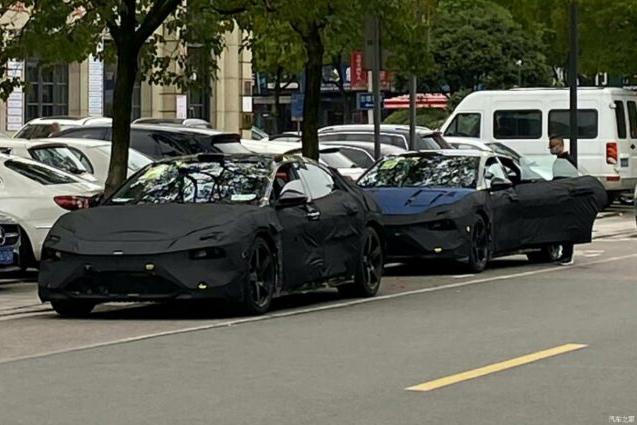
It also gets cameras instead of exterior mirrors, as seen on the Eletre.
Lotus executives have previously told Autocar the Type 133 is being benchmarked against the Taycan, and will get “active roll control, CDC [continuous damping control], independent active rear steer and active aero”, and at least 441kW of power.
This amount of power would put it against the mid-range Porsche Taycan GTS, which produces 440kW from its dual-electric motor set-up.
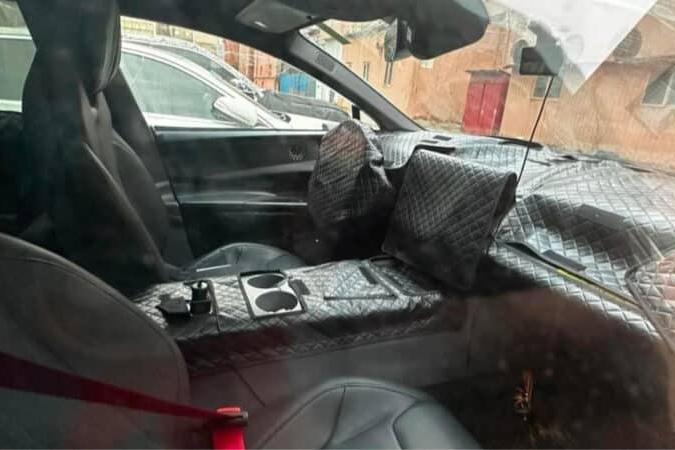
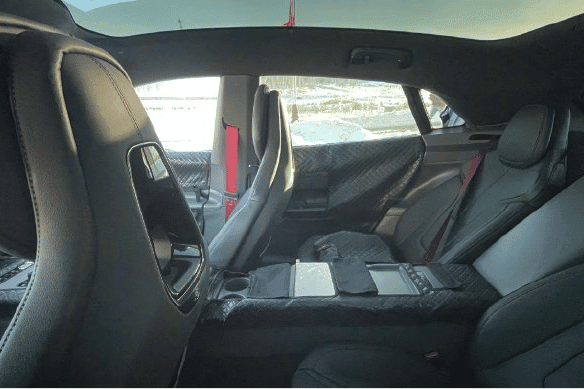
More powerful versions of the Type 133 sedan could compete against the high-performance Taycan Turbo or Turbo S.
The Eletre crossover is offered with a choice of 450kW/710Nm and 675kW/985Nm powertrains, with 600km of claimed WLTP range for the former and 490km for the latter.
In dual-motor R guise, the 5.1m-long electric SUV can do the 0-100km/h sprint in 2.95 seconds.
It uses an 112kWh battery, an 800V electrical architecture and can support DC charging at up to 350kW.
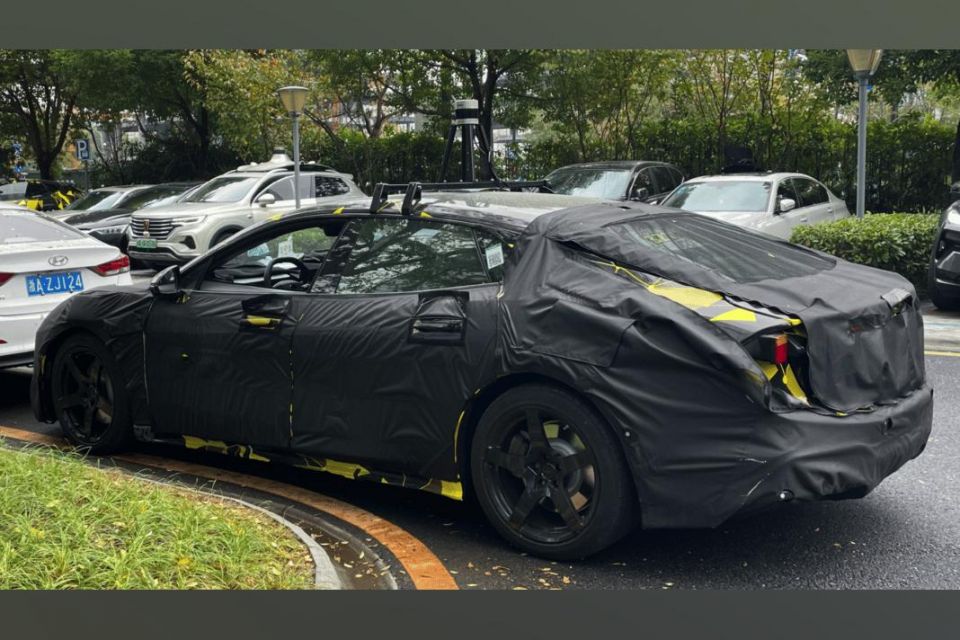
Lotus senior vice-president of design Peter Horbury said last year while “there has to be some continuity and family identity” across its range of electric vehicles (EVs), “every member of a family can have their own character”.
Following the launch of the E-segment Type 133 sedan, Lotus will reveal a D-segment SUV (Type 134) in 2025 and a sports car (Type 135) in 2026.
Lotus is in the process of rolling out four new platform architectures:
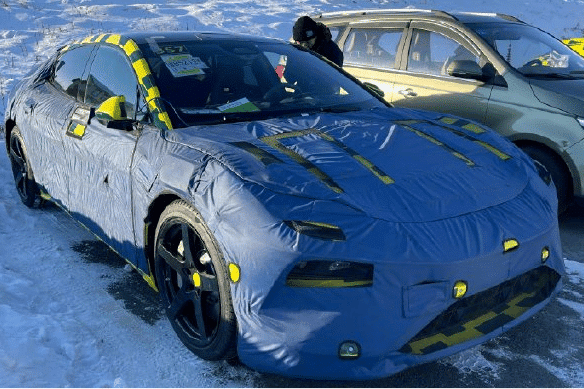
The Premium architecture has been designed to accommodate C-E segment vehicles, 92-120kWh batteries, and an initial wheelbase range of between 2889mm and 3100mm.
All models on the Premium architecture will be built in China at Lotus Technology’s new plant in Wuhan.
The Lotus Technology division was formed to “accelerate innovation in the fields of batteries and energy management, electric motors, electronic control systems, intelligent driving, intelligent manufacturing and more”.
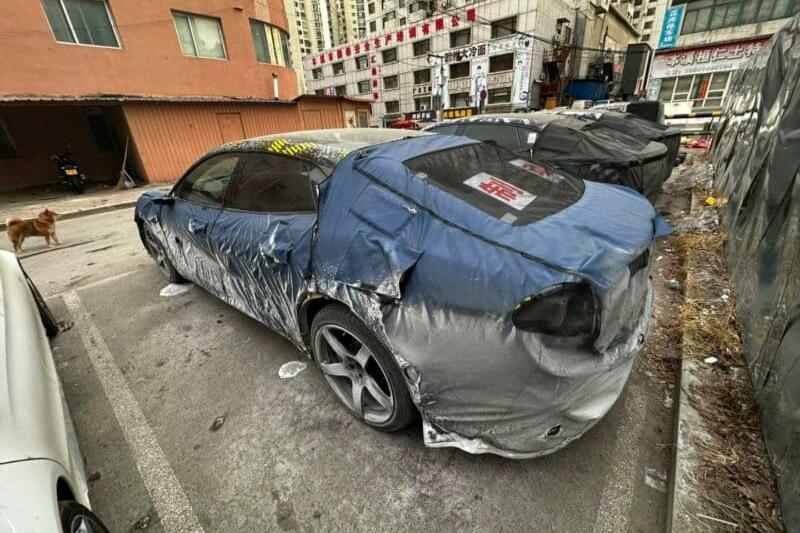
It still works with Lotus’ existing UK team on development, with the British unit responsible for the engineering and production of sports cars and hypercars.
Premium models will join the all-electric Evija hypercar and the Emira, Lotus’ last petrol-powered car, which are manufactured at Hethel in the UK.
Geely-owned Lotus confirmed last May it planned to go public “in 18 months to two years from now”.
It’s also aiming to expand its annual production volume to 100,000 vehicles in 2028, 90,000 of which would consist of its new ‘Premium’ family of vehicles. It produced 1500 vehicles in 2021.

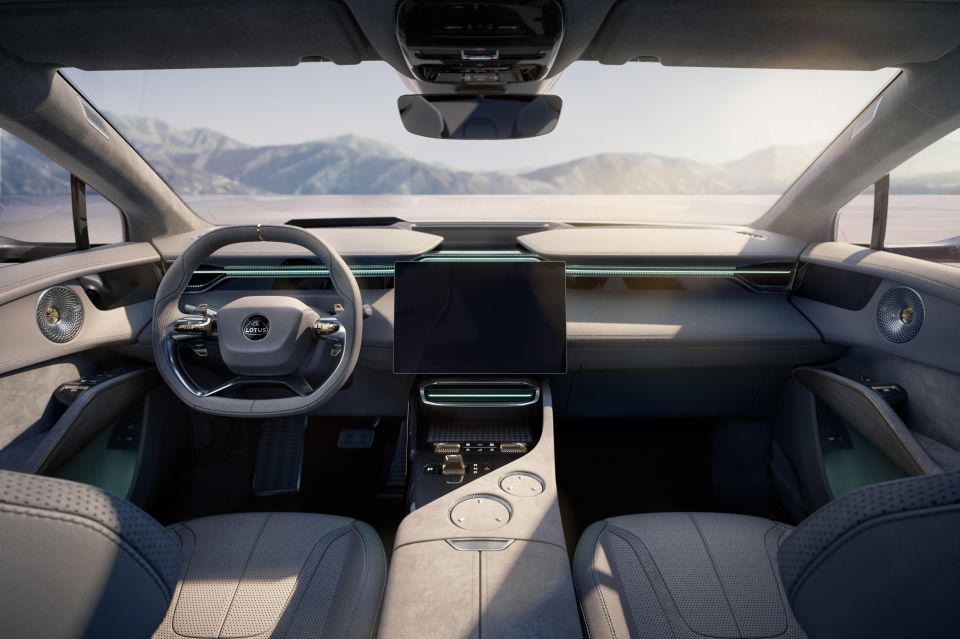
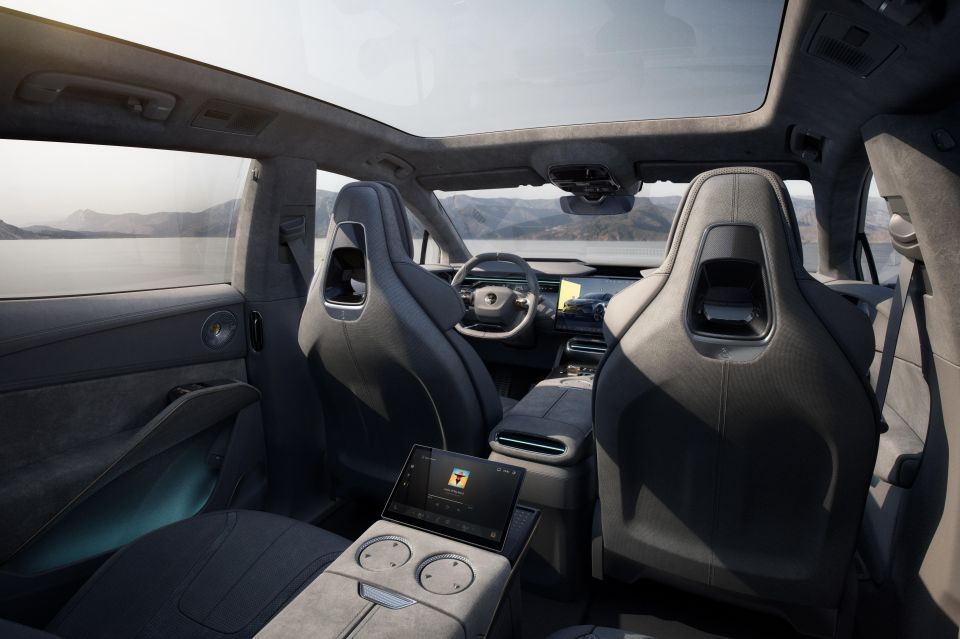
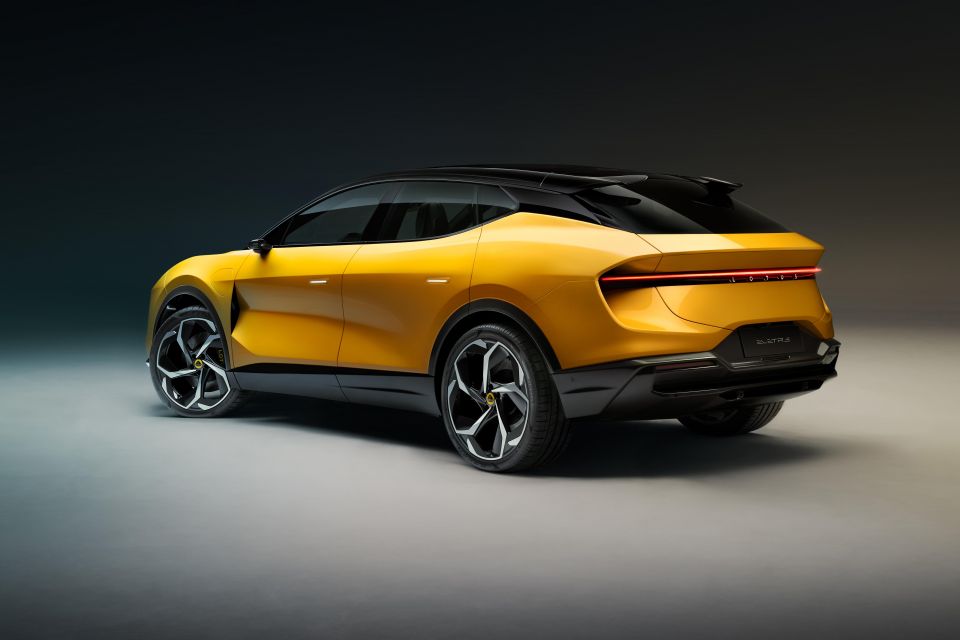
Lotus has never offered a sedan, unless you count a fettled version of the Vauxhall Carlton/Opel Omega known as the Lotus Carlton. It also produced a tuned version of the Ford Cortina, among other engineering contract jobs for other automakers.
It had previously planned an entry into the luxury car market in 2009, with then-CEO Dany Bahar revealing an array of six mockups in 2010 that previewed the company’s planned model rollout.
One of these was a sedan called the Eterne, but it evaporated with the rest as Bahar was shown the door.
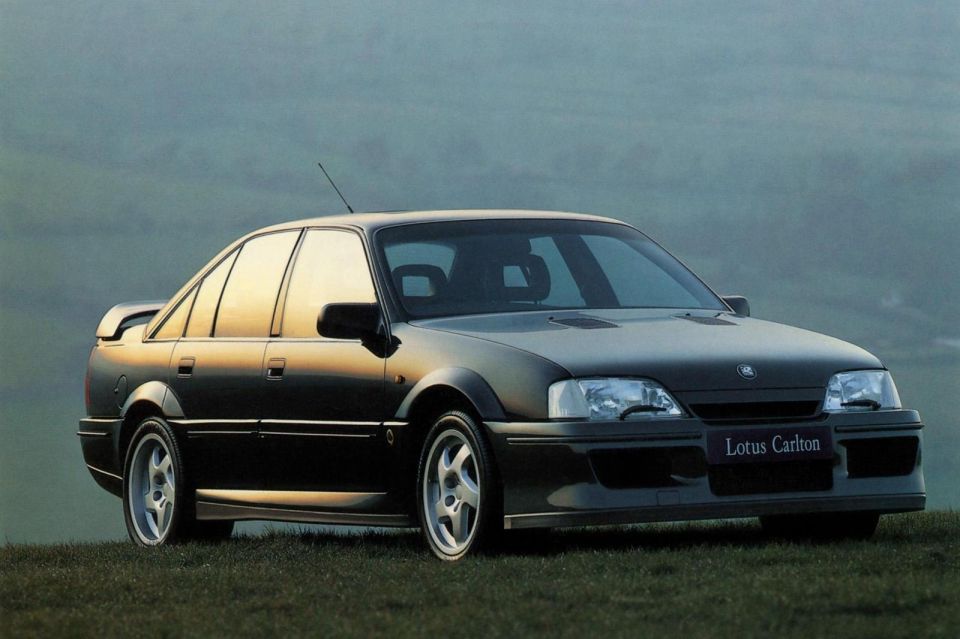
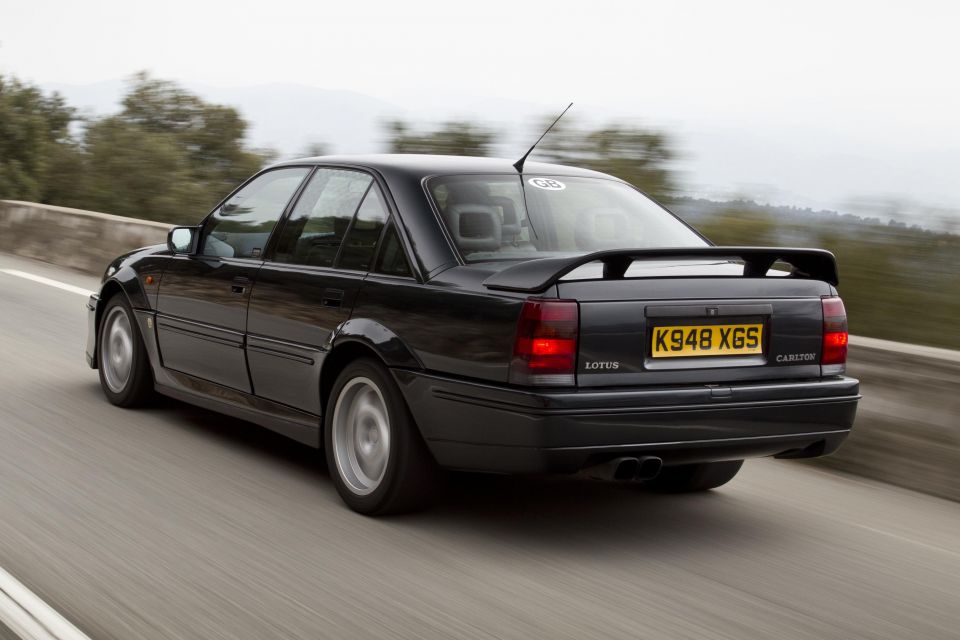
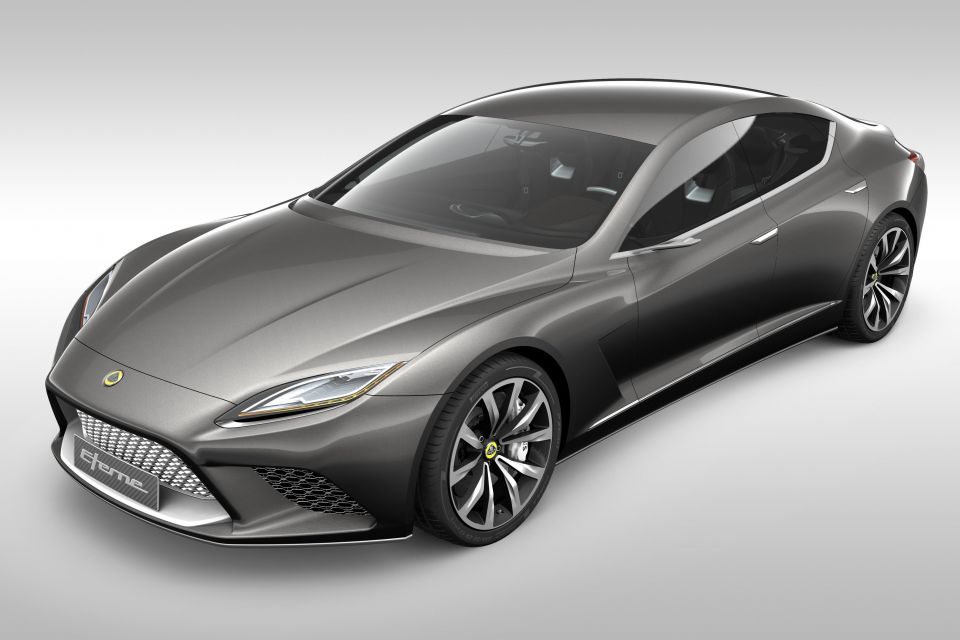
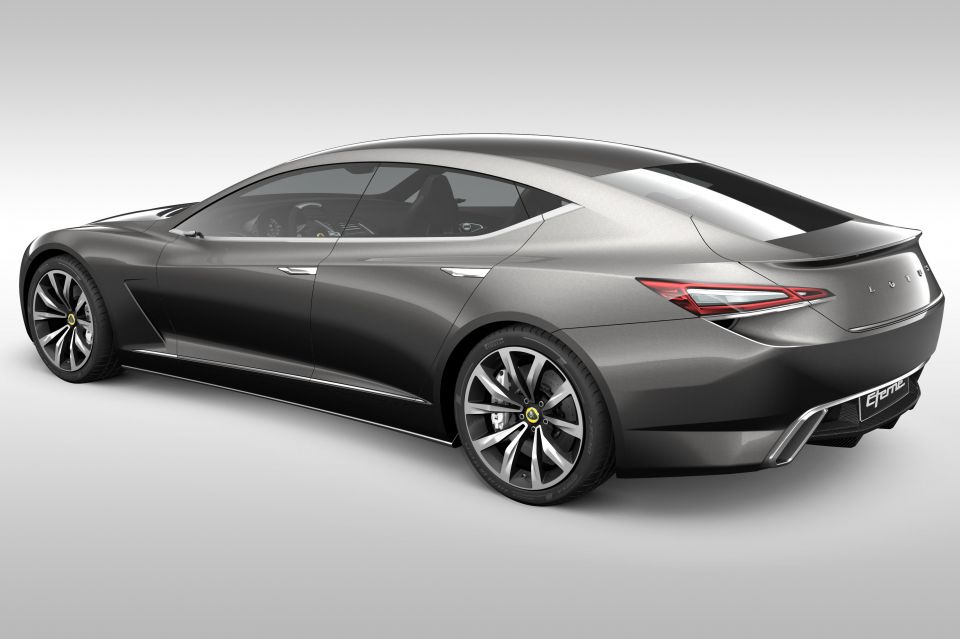
Where expert car reviews meet expert car buying – CarExpert gives you trusted advice, personalised service and real savings on your next new car.
William Stopford is an automotive journalist based in Brisbane, Australia. William is a Business/Journalism graduate from the Queensland University of Technology who loves to travel, briefly lived in the US, and has a particular interest in the American car industry.


Shane O'Donoghue
5 Days Ago


Anthony Crawford
4 Days Ago


Matt Campbell
3 Days Ago


James Wong
2 Days Ago


Max Davies
1 Day Ago
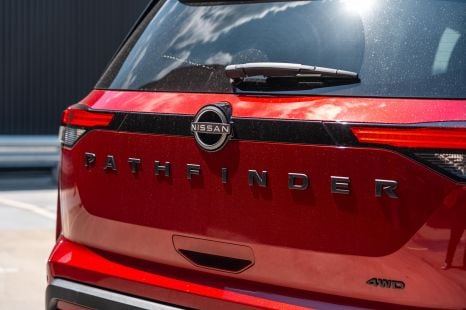

William Stopford
19 Hours Ago